Tripod Brixton,
Lambeth Town Hall,
1 Brixton Hill, London,
SW2 1RW
Hours: Monday to Friday, 8am – 7pm
Phone: 020 7580 7333

A Visual Effects Artist uses special effects to combine live action video footage with Computer Generated Imagery (CGI) creating impossible worlds and scenes in every form of media that we consume.
From an artist’s prospective CGI is divided into two: VFX and 3D.
So, what’s the difference?
To give you an idea a 3D artist focuses more on creating three dimensional structures, elements, and characters in a 3d environment, where as VFX is about creating and adding elements to live footage so that it looks like part of a scene. It’s an attempt to increase the excitement and create a depth of intensity in a scene.
You get all kinds of projects which require different amounts of focus from each. Games for example rely on both 3D and VFX artists while some movies just VFX. Each project comes down to the story line and what they’re trying to achieve i.e. gun shots and explosions or mythical creatures that are key characters etc.
Breakdown
As an artist, you can either work as a Generalist doing a little bit of everything, or a Specialist focusing on just one area. Specialists work towards a common goal in one field with a team of specialists in larger studios, whereas generalists tend to work alone or in small teams and are often responsible for every element of a shot.
Below is a list of specialisms a generalist should be competent at, and a specialist can specialise in.
Concept Artist
A Concept Artist is the creator of the idea – their job is to devise an initial plan for the concept of the art choosing how the shot will look and feel. Working across both 3D and VFX they pass the idea down the pipeline for other artists to finalise.

Environment Artist
Environment Artists combine image manipulation, 3D modelling and texturing to build CG environments. Manipulating CG objects means it falls into the role of a 3D artist.
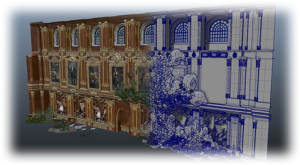
Modelling Artists
Modelling Artists create all CG objects making the template for texture artists to do their job. You name it; beasts, plants, cars, spaceships – they do it all. Like an environment artist they fall under 3D.
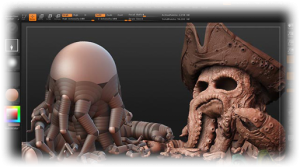
Texture Artists
As a Texture Artist, your job is to designate ‘Shaders’ on CG models to affect the way materials and surfaces look and respond to certain lighting conditions i.e. skin, steel, leather, wood, fabric etc. Texture artists are 3D too.
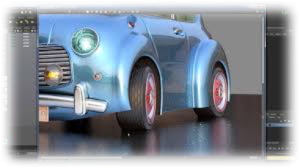
Lighting Artists
Being a Lighting Artist involves using expert knowledge on how light behaves and reacts in certain environments to recreate the realistic lighting across all CG objects and environments. Again, the role of a 3D artist.
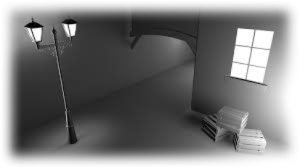
CG Animation
Focusing on motion, the Animator’s role to determine the realistic movement of CG elements such as creatures, objects and effects in a scene. There are different types of animation which you can read more about in another article – but in this case it falls under 3D.

Roto Artist
Roto Artists you have the responsibility of Rotoscoping; the process of tracing and mapping frames in the live action footage that allows you to designate where the CGI elements will be placed. This is classified as VFX.
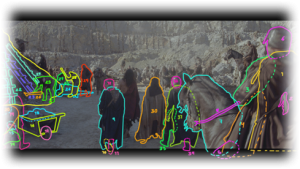
Match Movers / Camera Solvers
The role of the Match Mover (otherwise known as a Camera Solver) is to track the movement of each live action shot making sure the VFX components and fit together seamlessly. Also classified as VFX.
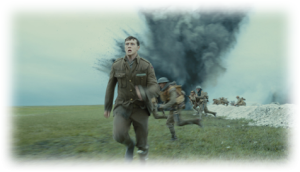
Compositor Artist
Lastly Compositors; at the final stages of the project they bring everything together, stitching all the elements of the scene into place – making it ready to be passed onto the editing department. Again, VFX – noticing the pattern?

Skill level, progression and price
Now you have a clear understanding of most the elements of a VFX Artists job. Another big factor that will determine VFX Artists’ duties and responsibilities is the seniority level.
Here’s a quick run through of the VFX career path:
So, you’ve been a runner and you finally get your first role as an Artist!
Junior – £25,000 – £30,000
As a Junior VFX Artist you are likely to learn the ropes across one of the departments mentioned above. You will spend time here familiarising yourself with technologies, shadowing team members and starting to build your professional portfolio.
Midweight – £30,000 – £35,000
Now you are confident in using different software’s in creative ways to achieve CG tasks you are ready to be a midweight. You have a good understanding of the direction you want to go and decide to either (a) specialise in the field you are working in or (b) generalise and explore other areas of VFX.
Senior – £40,000 – £45,000
Becoming a Senior in your field (as a VFX Generalist or VFX Specialist), you will be a good communicator who can act like a leader but is just efficient and reliable on their role and is extremely confident in making creative suggestions/decisions.
Upper Senior – £45,000 -£55,000
In this role, you will begin the transition from being a senior to a manager. So, over a period of time whilst working directly under the team lead you will be taught to look after teams (1-1’s etc.), reporting to Art Directors and clients, managing project expectations as well as quality control.
Lead – £55,000 – £65,000
Here you are expected to be confident in managing projects as well as teams of all sizes and client expectations.
Supervisor – £65,000 – £100,000
Finally, you become a supervisor where you become less ‘hands on’ with projects focusing on the management and delivery of the project. You will be expected to still maintain your technical abilities able to step in when needed, but generally spending your time organising departments and ensuring everything is running efficiently and on time.
So, despite the complexities in VFX arena hopefully this blanket overview of what a VFX Artist does should have you well on your way to grasping the industry.
Tripod Brixton,
Lambeth Town Hall,
1 Brixton Hill, London,
SW2 1RW
Hours: Mon to Fri, 8am – 7pm
Phone: 020 7580 7333
Tripod Brixton,
Lambeth Town Hall,
1 Brixton Hill, London,
SW2 1RW
Hours: Monday to Friday, 8am – 7pm
Phone: 020 7580 7333